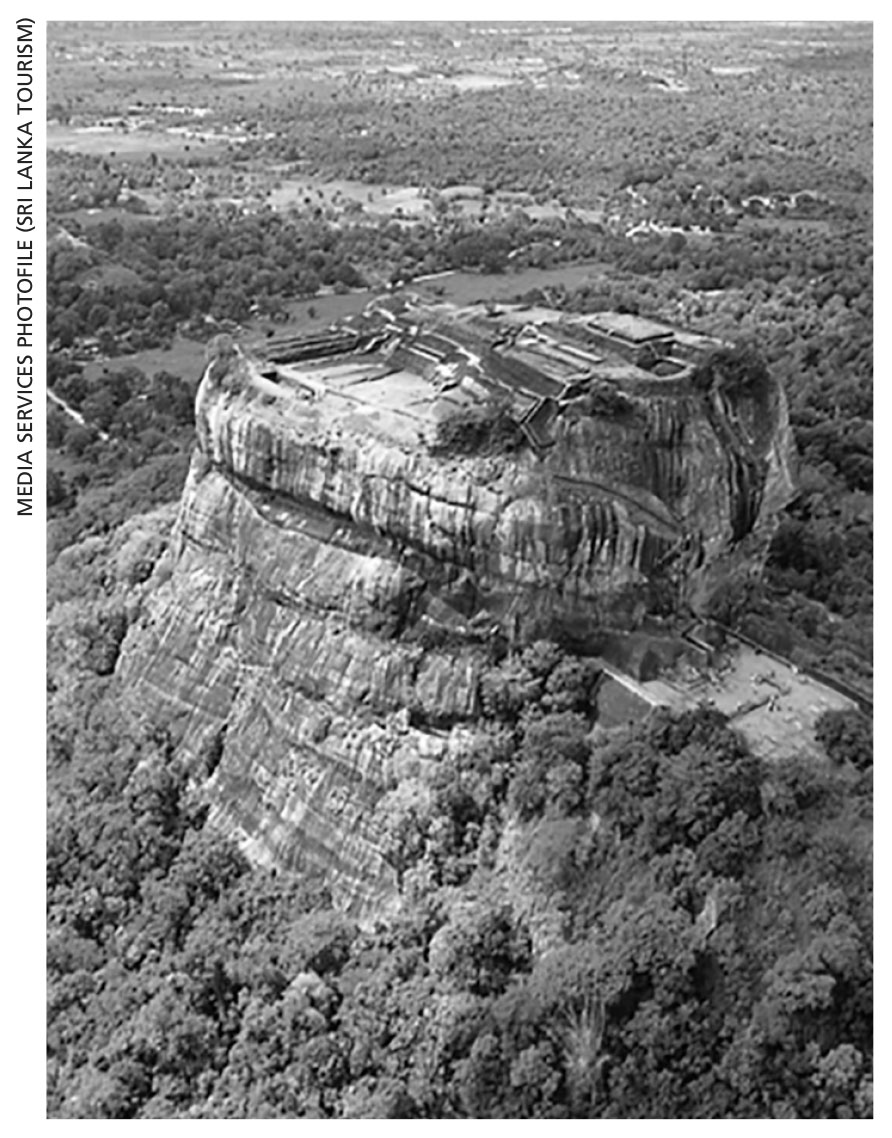1982
Island’s First UNESCO World Heritage Sites
Today’s eight iconic sites began with three
Certain cities of classical antiquity are instantly recognisable; they evoke feelings of admiration and even awe. Among these, Athens and Sparta in ancient Greece, as well as Persepolis of the Persian Empire, stand head and shoulders above the rest – they have been estimated (almost time out of mind) as citadels of culture, history and human achievement.
Yet, it was only 34 years after Sri Lanka’s independence that its civilisational heritage – over 2,500 years old and once known to the Orient as the ‘Granary of the East’ – came into its own; not, let it be said, at the hands of historians but through the agency of UNESCO.
And it was the United Nations Educational, Scientific and Cultural Organization that did this by naming three ancient locales as the island’s first World Heritage Sites (WHS) in 1982.
The sacred city of Anuradhapura – the island’s first major capital in the 4th century BC and its spiritual centre today – was Ceylon’s Athens at the time of its independence.
A second important capital, the ancient city of Polonnaruwa, enjoyed a golden age in the 12th century AD, and is analogous to Persepolis for its amalgam of Buddhist architecture and Hindu relics.
An icon of Sri Lanka itself, the famous rock promontory of Sigiriya (now a UNESCO designated ‘ancient city’) was the Sparta-like short-lived capital of the patricide King Kashyapa I, and retains an aura of a unique ethos of art and aesthetics as embodied by the feminine frescoes that adorn its lithic face.
These three sites redound to Sri Lanka’s cultural heritage, which by UNESCO estimation encapsulate exceptional universal value in terms of architectural works, monumental sculptures, valuable inscriptions, outstanding buildings and awe-inspiring archaeological sites.
Other WHS in the island were added later: they encompass the sacred city of Kandy, the Sinharaja Forest Reserve and Galle’s old town and fortifications (all in 1988); Rangiri Dambulla Cave Temple (1991); and the Central Highlands of Sri Lanka (2010).
Some of these are included amongst our World Heritage Sites by dint of UNESCO’s evaluation of a country’s heritage that’s important from the perspectives of science, natural beauty and environmental conservation as ratified by a convention Sri Lanka signed in 1980.
It was only 34 years after Sri Lanka’s independence that its civilisational heritage – over 2,500 years old and once known to the Orient as the ‘Granary of the East’ – came into its own





